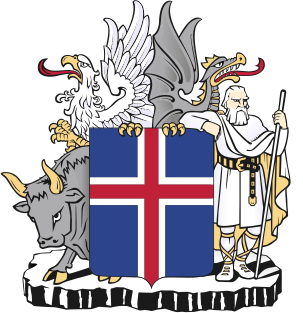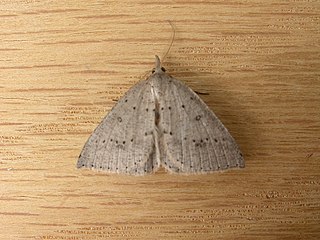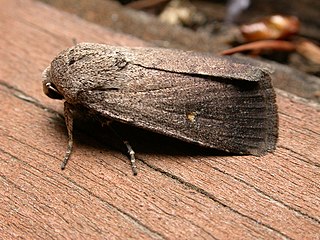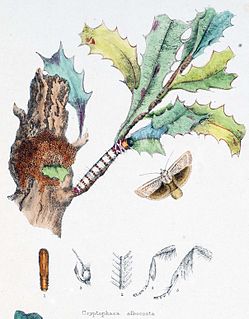
The flag of Panama was made by María de la Ossa de Amador and was officially adopted by the "ley 48 de 1925". The Panamanian flag day is celebrated on November 4, one day after Panamanian separation from Colombia, and is one of a series of holidays celebrated in November known as the Fiestas Patrias.

Events from the year 1831 in Canada.

Ornitholestes is a small theropod dinosaur of the late Jurassic of Western Laurasia.

The coat of arms of Iceland displays a silver-edged, red cross on blue shield, alluding to the design of the flag of Iceland. It is the only national arms to feature four supporters: the four protectors of Iceland (landvættir) as described in Heimskringla, standing on a block of columnar basalt. The bull (Griðungur) is the protector of northwestern Iceland, the eagle or griffin (Gammur) protects northeastern Iceland, the dragon (Dreki) protects the southeastern part, and the rock-giant (Bergrisi) is the protector of southwestern Iceland. Great respect was given to these creatures of Iceland, so much that there was a law during the time of the Vikings that no ship should bear grimacing symbols when approaching Iceland. This was so the protectors would not be provoked unnecessarily.

The official coat of arms of Grenada is a shield divided into four parts by a golden cross. In the centre of this cross is the Santa Maria, Columbus' flagship. A British lion on a red field is shown in the upper left and lower right sections of the shield, with a golden crescent moon out of which a lily grows in the upper right and lower left sections. Above the shield there is a golden helmet, topped with a garland of bougainvillea branches. Within the garland are seven red roses, which stand for the seven communities of Grenada. Holding the shield on the dexter side is an armadillo which stands before a corn stalk; on the sinister side is a Grenada dove, which stands before a banana plant. The base represents Mount St. Catherine with the Grand Etang Lake at the centre. A ribbon displays the national motto: "Ever conscious of God we aspire, build and advance as one people."

Idiopidae, also known as armored trapdoor spiders, is a family of mygalomorph spiders first described by Eugène Simon in 1889. They have a large body similar to tarantulas.
Shomin-geki (庶民劇), literally common people drama, is a pseudo-Japanese word invented by Western film scholars. It describes a genre of Japanese realist films which focus on the everyday lives of ordinary people. In Japanese the correct word for this genre is shōshimin-eiga .

Nearcha nullata is a moth of the family Geometridae. It is mainly found in Australia, more specifically in the South-Eastern quarter, including Tasmania.

Metasia is a genus of moths of the family Crambidae.

Proteuxoa is a genus of moths of the family Noctuidae. The genus was erected by George Hampson in 1903.

Nearcha is a genus of moths in the family Geometridae described by Edward Guest in 1887. All species in the genus are known from Australia.

Oenochrominae is a subfamily of the moth family Geometridae.

The 1903 U.S. Open was the ninth U.S. Open, held June 26–29 at Baltusrol Golf Club in Springfield, New Jersey, west of New York City. Willie Anderson won the second of his four U.S. Open titles in a playoff over David Brown. The championship was played on the original course at Baltusrol, now known as the Old Course, which no longer exists.
Kirkcaldy Corporation Tramways operated a tramway service in Kirkcaldy between 1903 and 1931.

52 Broadway, formerly known as the Exchange Court Building or Chemical Bank Building, is a high-rise building on Broadway and Exchange Place in the Financial District of Lower Manhattan, New York City. The building was originally built with 12 floors in 1898 by architects Clinton & Russell, but it was gutted and stripped of its entire facade in 1980-1982 by Emery Roth & Sons. It is now 221.5 feet (67.5 m) high with 20 floors.
Elachista nearcha is a moth in the family Elachistidae. It was described by Edward Meyrick in 1910. It is found in southern India.

Cryptophasa is a genus of moths of the family Xyloryctidae.

The 1903 Nevada State Sagebrushers football team was an American football team that represented Nevada State University as an independent during the 1903 college football season. In its third season under head coach Allen Steckle, the team compiled a 2–4–2 record.















